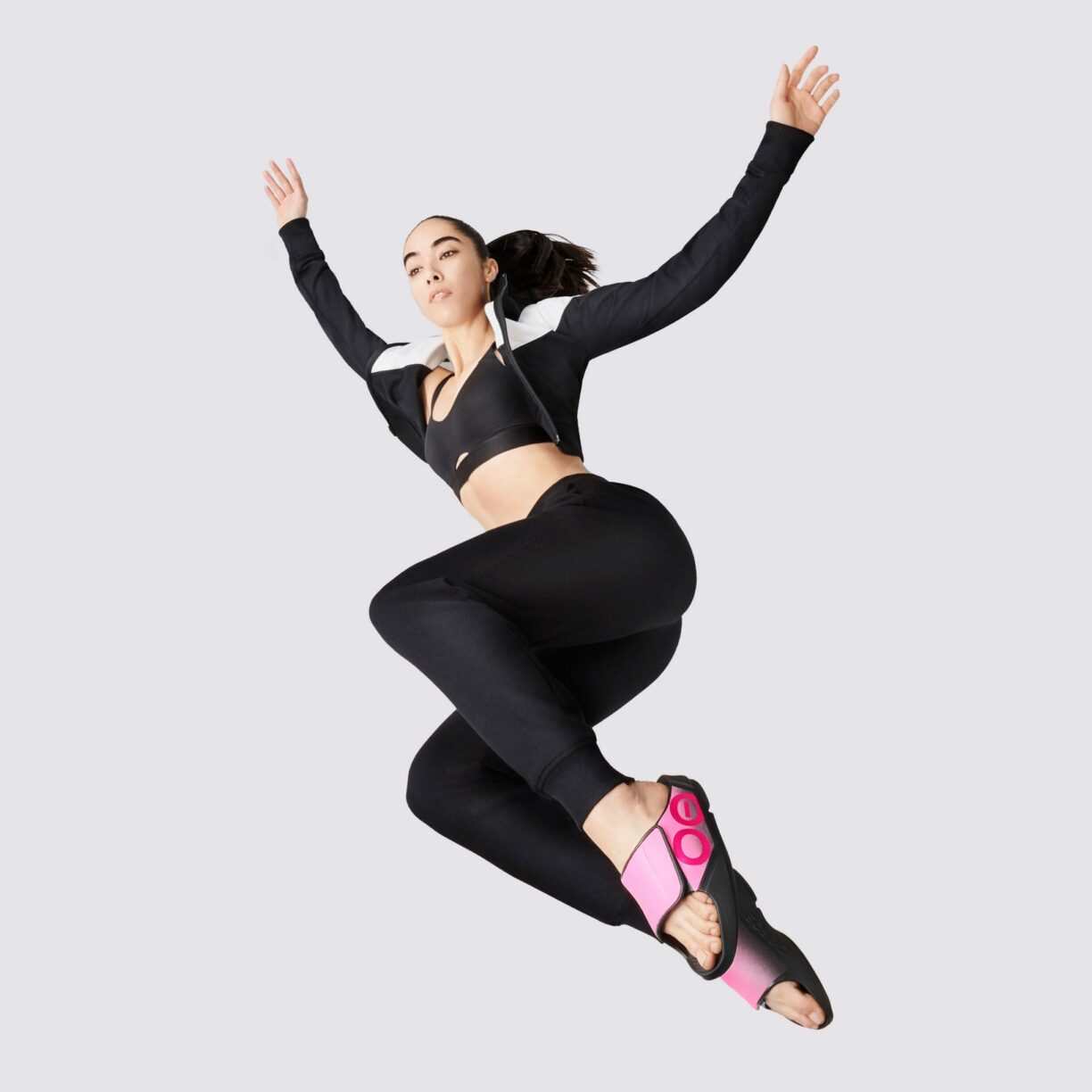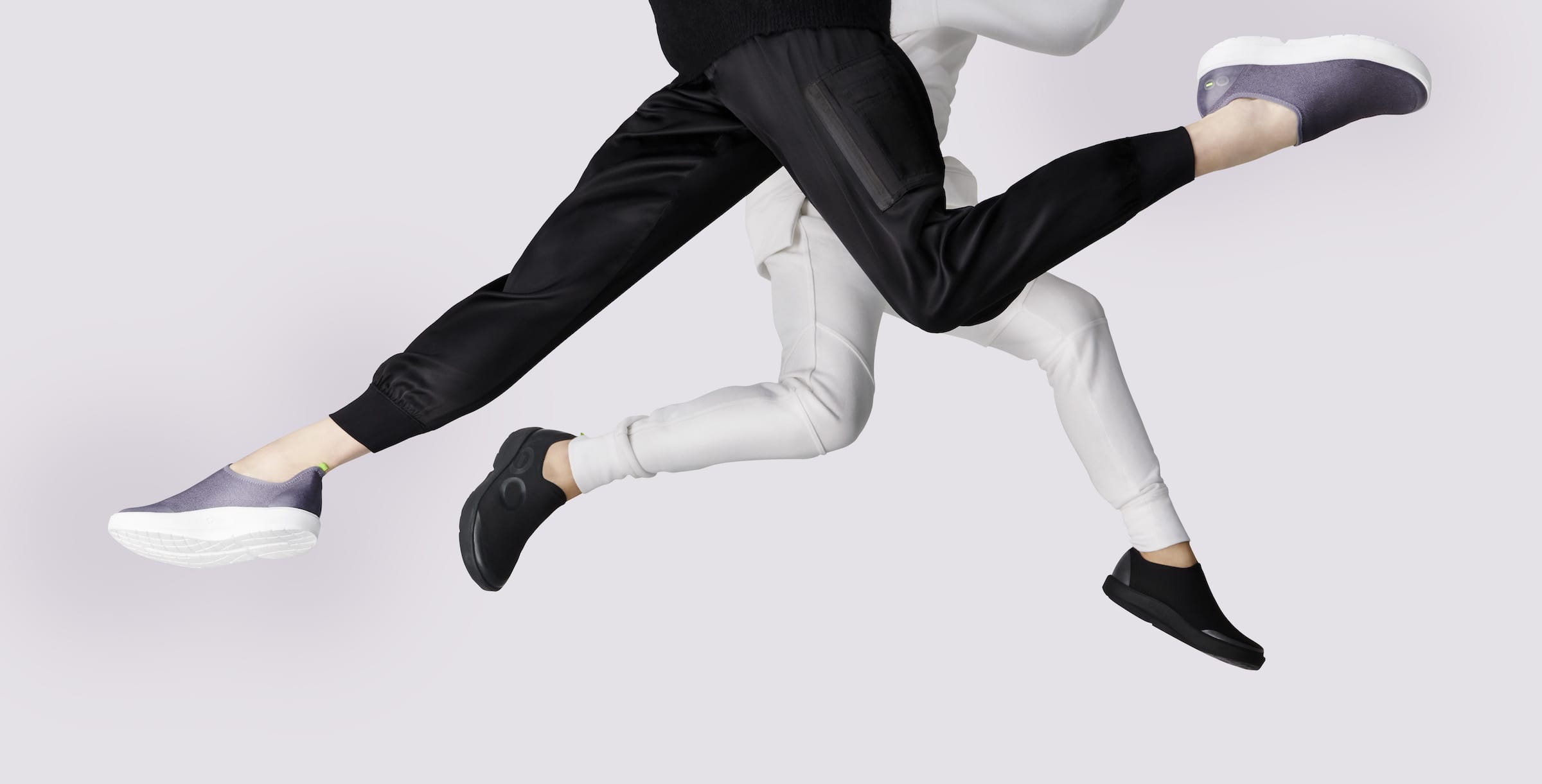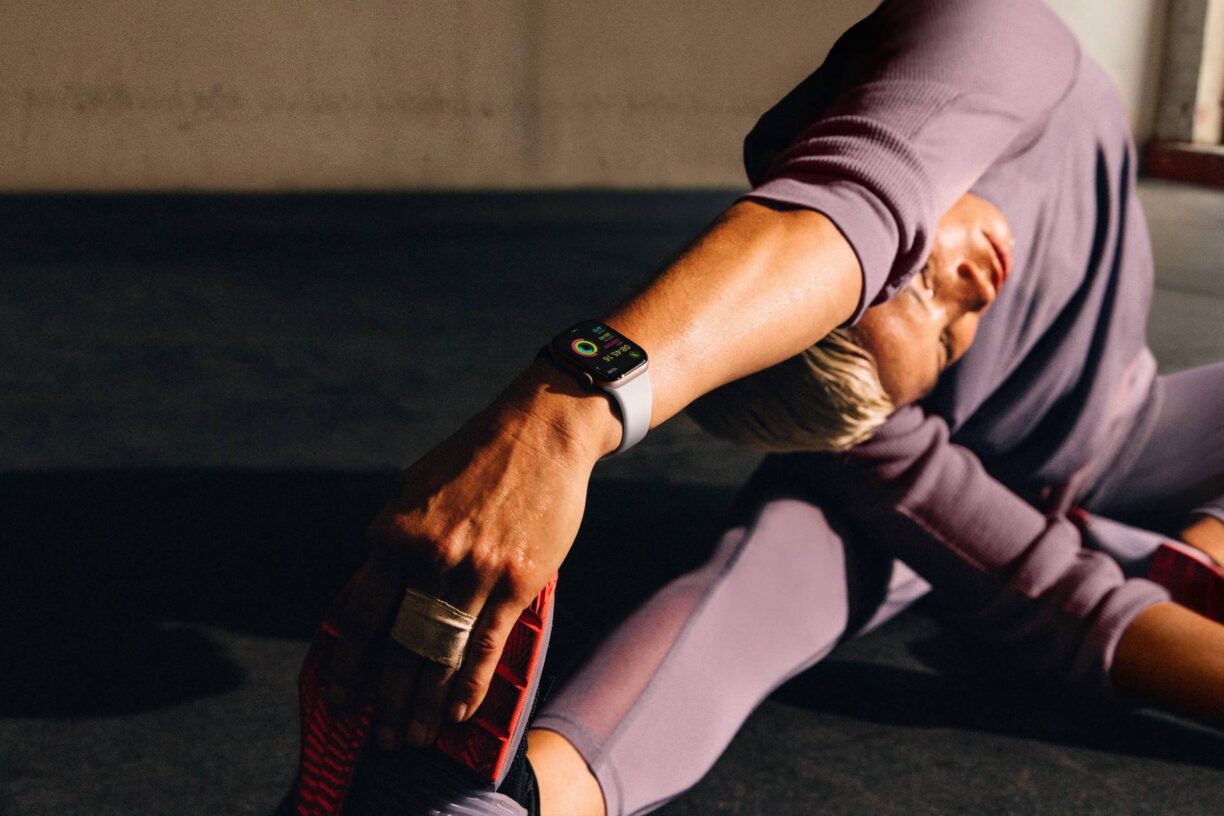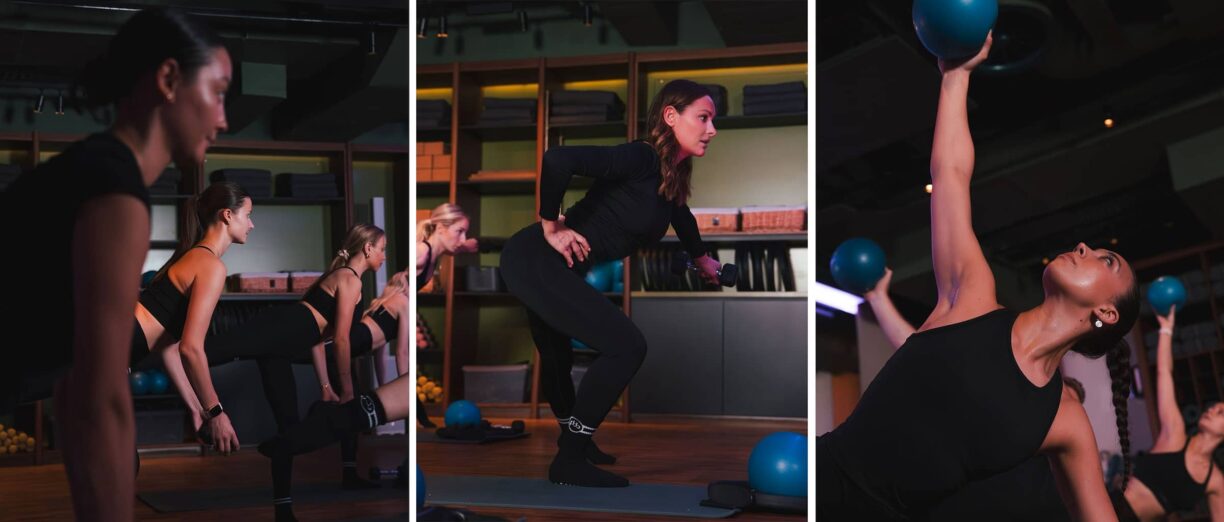A recent survey commissioned by recovery footwear specialists, OOFOS, has found that nearly 60% of Brits take part in high-impact sports or exercise at least once per month.
The survey, conducted by OnePoll, found that almost half (46%) of the nation are runners, picking the sport as their top choice of high-impact exercise.
HIIT workouts and football also proved popular, with a quarter (26% and 24% respectively) of endorphin-loving Brits choosing these types of activity.

High-impact exercise has risen in popularity during the pandemic through initiatives such as “The Body Coach” Joe Wicks’ home ‘PE With Joe’ HIIT workouts and outdoor running proving a Covid-safe, legal and accessible form of activity even at the height of restrictions.
Yet there is concern surrounding what high-impact exercise could be doing to our bodies, with over half of those surveyed (52%) reporting that this form of exercise has negatively impacted their joints or caused an injury. Despite this, only a quarter (27%) admitted to taking steps to aid their recovery every time they took part in the high-impact exercise.
High-impact Generation Z
Young people (aged 18-24) proved the group who enjoyed high-impact exercise the most, with a huge 88% saying they take part in high-impact sports or exercise at least once per month.
Of that younger group, there was a fairly even split between the forms of exercise they enjoyed, with running, HIIT workouts, football, tennis and dancing all proving equally popular choices.
However, in the older groups surveyed running was the clear winner, with 58% of 45-54-year-olds stating this as their preference.
As accountable young Brits, the 18-24-year-old group proved over twice as likely (45% vs 22%) as the older group to take steps to aid their recovery every time following high-impact exercise; appearing to have greater knowledge on recovery techniques, with a higher percentage noting that seeing a physio, wearing compression items, taking an ice bath or using recovery footwear could all help get them back to the high-impact sports they love quicker.
The fear factor
Of those who did not take part in high-impact sports, physical injuries or the fear of getting injured accounted for around half of respondents, with this figure rising in the older groups surveyed.
The take-home
Contrary to popular belief, high-impact activities like running do not increase the likelihood of joint complaints on their own.
Studies have shown that there is no correlation between running and osteoarthritis (the wearing down of joint cartilage), for example.
So with the right preparation, and armed with the knowledge and tools to help recover after high-impact activities, can more people enjoy this form of exercise without negatively impacting their joints or causing injury, which as OOFOS’ survey shows over half of respondents have suffered with?
Physiotherapist and founder of The London Physio, Joy Ogude, says:
“As this survey shows, we are a nation that loves high-impact exercise and sports. There is no doubt that a good run or HIIT class with friends can bring about fantastic physical and mental health benefits. However we need to be mindful that this form of exercise can be harder on the body than lower-impact activities.
It’s interesting to see that most viewed stretching as key to recovery, however, recovery should be considered holistically.
Stretching is a valuable tool that ensures muscles shortened during exercise such as running can be returned to their normal length, but it shouldn’t be the only thing we do to help ourselves to recover and prevent injury.
As this survey shows there is a lack of knowledge surrounding other tips and tricks to aid the recovery process. Only 12% recognised the value of recovery footwear (such as market leader OOFOS) post-high-impact exercise – on a par with those who chose ‘sitting on the sofa’ as their preferred form of recovery!
There will always be exceptions and this form of exercise does not suit everyone, but if we listen to our bodies and take the right steps, high-impact sports and exercise can be a rewarding challenge for fitness enthusiasts of all ages.”
Giles Cundell, Head of International at OOFOS, says:
“Over half of those surveyed (57%) saw ‘rest days’ as most important to aid the recovery process, but what most don’t know is we can enhance and even speed up this process with the right tools.
Recovery footwear OOFOS contains proprietary OOfoam™ technology that absorbs 37% more impact than traditional footwear foams, which is scientifically proven to reduce stress on the body by reducing energy exertion in the ankles by up to 20%.
If more people knew about the benefits that impact reducing recovery footwear, and other products or techniques such as massage, foam rolling or wearing compression items could bring, we may all be able to enjoy the benefits of high-impact exercise more frequently.”
To explore OOFOS’ range please visit www.oofos.co.uk





